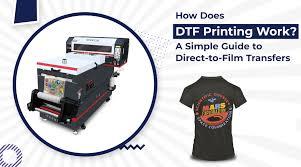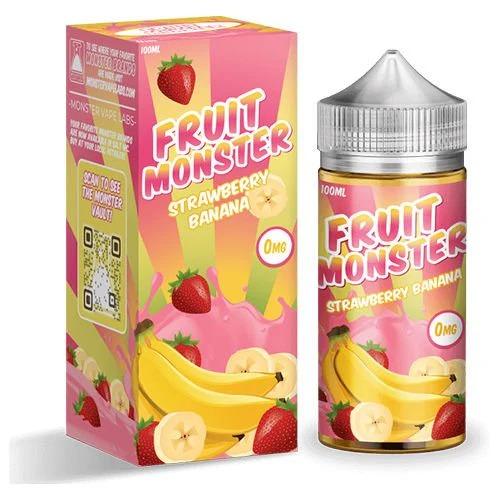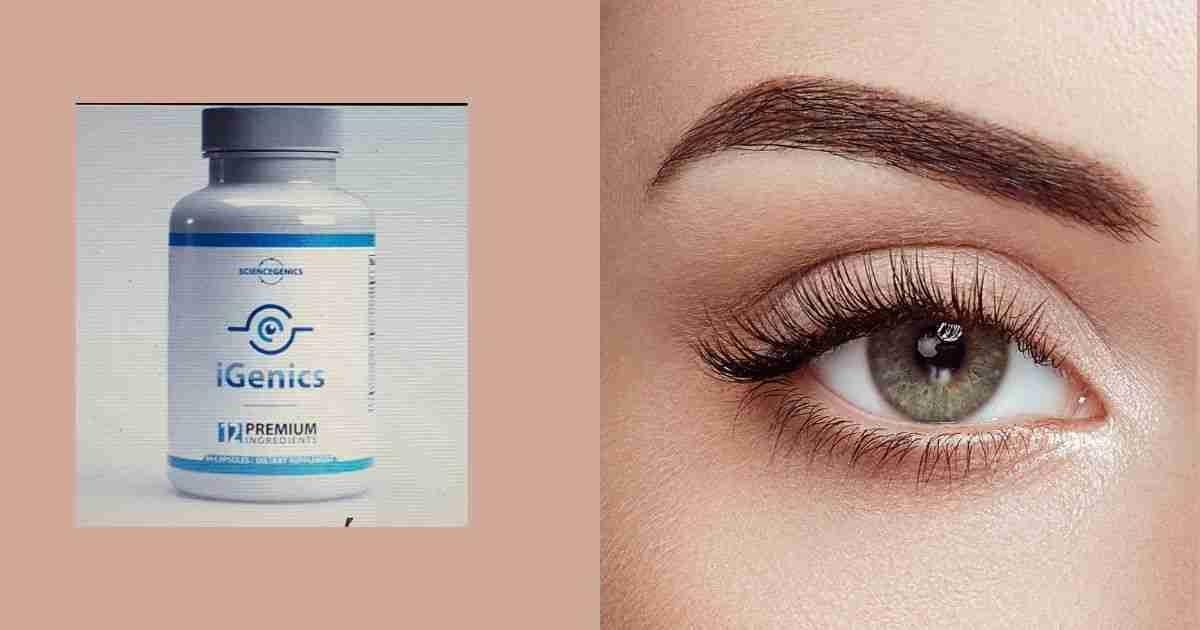Why Designers Love Direct to Film Transfer Printing

The world of garment printing has undergone a massive transformation in recent years, and one of the biggest innovations driving this change is Direct to Film transfers. This revolutionary printing method has quickly become a favorite among apparel decorators, small business owners, and print-on-demand entrepreneurs due to its versatility, color vibrancy, and ability to work on virtually any fabric. Whether you’re printing t-shirts, hoodies, tote bags, or uniforms, DTF technology delivers professional results that rival traditional methods at a fraction of the cost and time.
Understanding What Direct to Film Transfers Are
Direct to Film printing, or DTF, is a digital printing process where designs are printed onto a specialized PET film using high-quality DTF pigment inks. After printing, a layer of hot-melt adhesive powder is applied over the printed area, which allows the design to bond permanently to the fabric during heat pressing.
The end result is a smooth, durable, and flexible print that looks and feels great. Unlike older technologies such as screen printing or heat transfer vinyl, DTF printing combines convenience with creativity, offering outstanding detail and long-lasting color without complex setup or large production runs.
The Step-by-Step Process of DTF Printing
-
Design Preparation
The first step involves creating or importing your artwork into graphic design software such as Adobe Photoshop or Illustrator. The design is then processed through RIP software, which ensures color accuracy and adds a layer of white ink for opacity and brightness. -
Printing on PET Film
The DTF printer prints the design in full color (CMYK) first, followed by the white ink layer. The print is made directly onto a transparent PET film, which acts as the carrier for the transfer. -
Adhesive Powder Application
Once the print is completed, a fine adhesive powder is evenly spread over the printed area. The film is then gently shaken to remove excess powder, leaving only the adhesive where it’s needed. -
Curing the Film
The adhesive-coated film is heated to cure the powder, usually in an oven or under a heat press. This step prepares the film for transfer while ensuring strong adhesion during pressing. -
Heat Transfer to Fabric
The printed and cured film is then placed on the fabric, and a heat press is used to transfer the design. After pressing, the film is allowed to cool before being peeled off, leaving behind a crisp, vibrant, and durable print.
Why DTF Transfers Are So Popular
1. Works on Any Fabric
DTF transfers are compatible with cotton, polyester, nylon, denim, leather, canvas, and many other materials. This universal compatibility makes it ideal for businesses that print a variety of products.
2. Superior Durability
The prints produced by DTF technology resist cracking, fading, and peeling. Even after multiple washes, they maintain their color and flexibility.
3. No Pre-Treatment Required
Unlike Direct to Garment (DTG) printing, DTF requires no fabric pre-treatment, simplifying the workflow and saving valuable production time.
4. Cost-Effective for Small and Large Orders
DTF allows for easy short runs, one-off designs, and mass production. You can print in bulk and store the transfers for future use, making it efficient and economical.
5. Vivid Color and Fine Detail
DTF printing produces vibrant, high-resolution images with exceptional detail, making it suitable for complex graphics, gradients, and photographic designs.
6. Eco-Friendly Solution
DTF uses water-based inks and creates minimal waste compared to traditional printing, making it a more sustainable choice for eco-conscious businesses.
Comparing DTF with Other Printing Methods
DTF vs Screen Printing
Screen printing requires separate screens for each color and involves time-consuming setup. DTF, on the other hand, prints digitally with no setup costs, making it faster and easier for small batches.
DTF vs DTG (Direct to Garment)
DTG prints directly on fabric and requires pre-treatment, while DTF prints on film first and can be transferred to any fabric type. DTF also has better color vibrancy and less maintenance.
DTF vs Sublimation
Sublimation printing works best on polyester and light-colored fabrics. DTF printing, however, can be used on any color and fabric type, offering greater flexibility.
What You Need for DTF Printing
Starting a DTF setup doesn’t require a massive investment. The main equipment and materials include:
-
DTF Printer: Capable of printing CMYK and white ink layers.
-
DTF Pigment Inks: Specifically formulated for vibrant and durable prints.
-
PET Film: Transparent heat-resistant film for transfers.
-
Adhesive Powder: Hot-melt powder that bonds the design to the fabric.
-
Curing Equipment: Oven or heat press for curing and transferring.
-
RIP Software: Controls color accuracy and white ink layering.
With this setup, even a small studio can produce commercial-quality prints for clothing brands, events, and custom orders.
Best Uses for Direct to Film Transfers
DTF transfers can be used across a wide range of applications, including:
-
Custom Apparel: T-shirts, hoodies, sweatshirts, and polos.
-
Sportswear: Team jerseys and uniforms.
-
Corporate Merchandise: Branded items for companies and events.
-
Accessories: Bags, hats, and aprons.
-
Fashion Lines: Streetwear, boutique designs, and limited-edition collections.
Tips for Successful DTF Transfers
-
Use high-quality PET films for sharp results.
-
Keep your printer clean and maintain consistent ink flow.
-
Experiment with heat press temperature and pressure to find the ideal settings.
-
Store printed films flat and in a dry place to prevent damage.
-
Avoid touching printed areas before curing to ensure adhesion quality.
The Future of DTF Printing
DTF printing continues to advance as manufacturers develop faster printers, better inks, and more efficient adhesive powders. As more people turn to e-commerce and personalized fashion, DTF technology offers the perfect solution — it’s quick, flexible, and affordable.
Moreover, as sustainability becomes a key focus in the textile industry, DTF’s eco-friendly properties make it a preferred method for ethical brands. New innovations like biodegradable films and improved water-based inks are making DTF even more appealing for environmentally conscious businesses.
Final Thoughts
Direct to Film transfers have completely reshaped the landscape of custom apparel production. With their ability to print on any fabric, deliver exceptional color and durability, and simplify the printing process, DTF technology is now the go-to choice for designers, entrepreneurs, and print shops alike.
Whether you’re running a print-on-demand business, launching your own clothing line, or looking to expand your product offerings, investing in DTF printing is one of the smartest decisions you can make. It combines creativity, efficiency, and sustainability — three pillars that define the future of modern garment printing.






